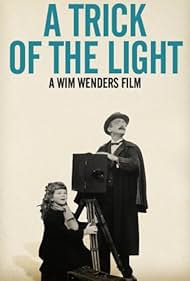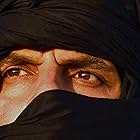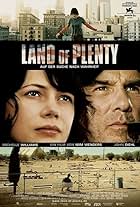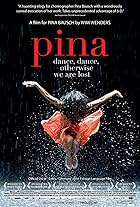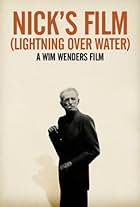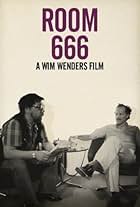'Die Gebrüder Skladanowsky' started as a research and production project by Wim Wenders and his students about the beginnings of cinema in Germany. The result was interesting enough to become a (almost) long duration documentary. In Wim Wenders' cinema, sprinkled with many thematic and formats experiments, the film fits smoothly.
The key events described in the documentary took place in 1895, which can be considered the Year Zero of the cinema industry. The invention of 'moving images' and its application in theaters for entertainment purposes floated in the air for several years, and inventors from different countries were engaged in a race to bring them first to the public. Among these engaged in the competition were the three Scladanowsky brothers from Berlin, a family of 'entertainers' making a living of performances that today we would call 'multimedia', combining dance, circus, pantomime, music and projected images. By means of the invention they called the 'bioscope', they produced short films of about 15 seconds, which they projected publicly on November 1, 1895, a few weeks before the first screenings of the films by the Lumiere brothers in Paris. They were first but not best. Theirs was a method with many limitations, especially with regard to the length of the films, so the invention of the French brothers won in a short time the race that laid the foundations for the art and industry of cinema. It was a defeat that did not discourage the Skladanowsky brothers, who learned the French method and used it to produce in the coming years short films that laid the foundations for the German cinema industry. Wenders' documentary tells their story with respect and courtesy and makes it known to the broad audiences.
'Die Gebrüder Skladanowsky' combines several cinematographic methods. The youngest daughter of the Skladanowsky brothers shares with Wenders and his team memories of the family. Though born more than a decade after 1895, she still has plenty of interesting things to tell about that period. Her testimony is combined with sequences from the first films made with the Stockanowsky brothers' bioscope. Interviews are interleaved with docudrama passages in which the three siblings and the older daughter of the main inventor appear embodied by actors, in the style of comedies of the early decades of cinema, completing over time the story. The combination works quite well, being complemented by fragments of epoch films that portray the atmosphere of Berlin and Paris at the end of the 19th century. Made exactly one century from the screening of the first moving images, 'Die Gebrüder Skladanowsky' brings to the spectators of today interesting and little known information. It is an endearing and respectful tribute to the pioneers of the 7th art.
